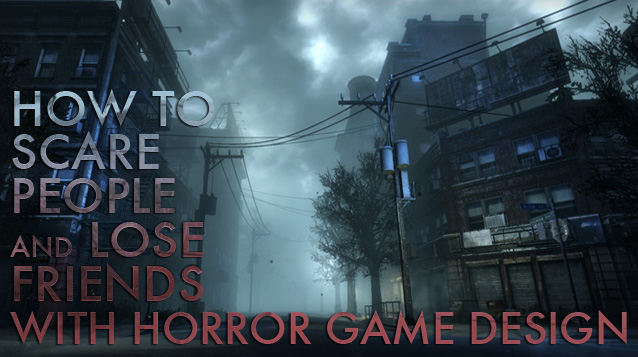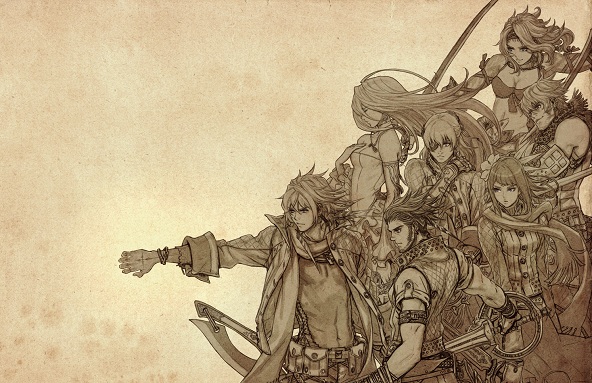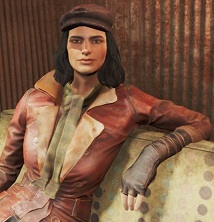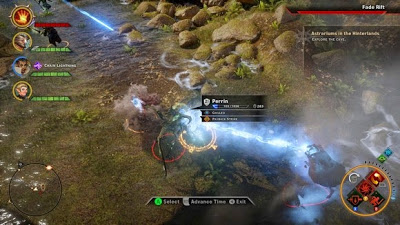

Jump to Content
Among the multiplayer maps in StarCraft II, few can compare to Shakuras Plateau. It’s great for both macro and aggressive play, seeing games both long and short. Perhaps one of the few maps to stand the test of time, pro players like its balance and size. To learn how to play well in this map is to master half the ladder already, as some would say.
Official Map Description: “Your first expansion is easy to defend, but additional expansions push you farther into the battlefield. One central path to your enemy. Destroy rocks to open surprise attack routes.”
Shakuras Plateau is usually described as a big map with wide areas and open expansions that make for frequent engagements by faster moving units, as well as air units. There are a lot of winding path with which to confuse even the most experienced of skirmishers at certain parts of the map. The natural is elevated so taking it is quite easy, but the third is wide open that taking it would be inviting trouble. In a certain sense, it certainly is a very dynamic map.
This is a four-player map released during the beta, intended for 2v2 games. When it was released on the 1v1 multiplayer ladder back in October 2010, it replaced Kulas Ravine and proved to be popular with players due to its size and well-balanced features that encouraged both macro-style and aggressive gameplay pretty evenly. To encourage late game, horizontal spawns were disabled in various tournament versions in favor of cross positions due to how strong pushes can be through such positions, especially with Terran units. Blizzard had removed the first version from the ladder and replaced it with a revised one on March 2011, from which it persists to this day.
A good number of changes have been made since the inception of this map into the multiplayer ladder. There were things like backdoors being removed, ramps being added to the 12 and 6 o’clock expansions, other expansions being moved, and destructible rocks being removed from the center of the map. These revisions were made to make the map even more conducive for tournament play, which made games more exciting to both watch and play.
As for the features that still remain in this map, there is a lot of ground to cover as it’s such a large and interesting map to play in. Ever since the revisions, players now always spawn left and right, so it’s either both are on either top or bottom, or they’re at cross positions. Since it’s so easy to push up or down as Terran or even Protoss, spawn positions at top and bottom on the same side has been removed. As for the path towards each other’s bases, it’s mainly a long route through the center where a lot of action can occur.
There are two Xel’Naga Watch Towers at the top and bottom of the center which can provide vision for three expansions on each respective side. There are also rocks behind each base that block pathways leading to the 12 and 6 o’clock expansions and towards the opponent’s base. This passageway can be a place for proxy buildings and even small attacking forces. The expansions near the center of the map are quite open and can be susceptible to siege tanks from the watch towers. This is the reason why some would take third bases at the adjacent natural expansion away from the enemy’s base as they are more hidden from view.
Due to its size, Shakuras Plateau is a map that favors early expansions, especially for Zerg. In a sense, it’s like a throwback to the old Brood War maps where you can expand a bunch before attacking the opponent in wide open fields. Protoss has also favored fast expand builds here in order to gain economic advantage towards the mid game. Terrans may fast expand, but only when the opponent does the same. Due to MULEs, they can still open up in the early game with some one-base play before they do expand. Usually, Terran players would opt for some harassment in order to even the odds.
The direct paths through the wide open center with watch towers do mean that early pressure is possible, albeit a bit challenging. Due to the number of possible hiding places though, it is possible to place proxy buildings almost everywhere, especially for Protoss. You can hide Pylons almost anywhere, which is good when you’re up against something like a turtling Terran in the mid game. Scouting is crucial though so that you can keep track of how many expansions your opponent is on. This is crucial since you’ll have to expand as well in order to stay on par economically.
Against Zergs, you can do harassment and early pressure when they do fast expand. An early hatchery should be punished, as well as any other expansion earlier than ten minutes into the game. Beware though that things like Protoss Sentries, Zerg Spine Crawlers, or Terran Bunkers can spoil your plans for an early advantage. But the usual objective here really is to get that advantage with resources in order to carry the mid or late game with powerful pushes. In terms of harassment, Banshees are particularly effective for Terran.
Terrans can benefit a lot from going bio in this map, but siege tanks are also quite effective in holding positions here, whether from the high ground or merely within the areas near the open expansions. They can even blast into the main base when vision is provided. If the opponent decides to expand, you should too while still being aggressive whenever you can. Remember that the best time to expand is right before or after you attack in order to not fall behind in resources while doing damage.




 6 Tips You Can Use To Make Your Gaming Life Better
6 Tips You Can Use To Make Your Gaming Life Better Rock Band 4 (2015) unveils its full tracklist
Rock Band 4 (2015) unveils its full tracklist Assassin’s Creed: Revelations – Mediterranean Traveler DLC Multiplayer Guide
Assassin’s Creed: Revelations – Mediterranean Traveler DLC Multiplayer Guide Piper - Fallout 4: recruit her as a Companion / Romance guide
Piper - Fallout 4: recruit her as a Companion / Romance guide Dragon Age: Inquisition - Tactical Camera and the Focus
Dragon Age: Inquisition - Tactical Camera and the Focus